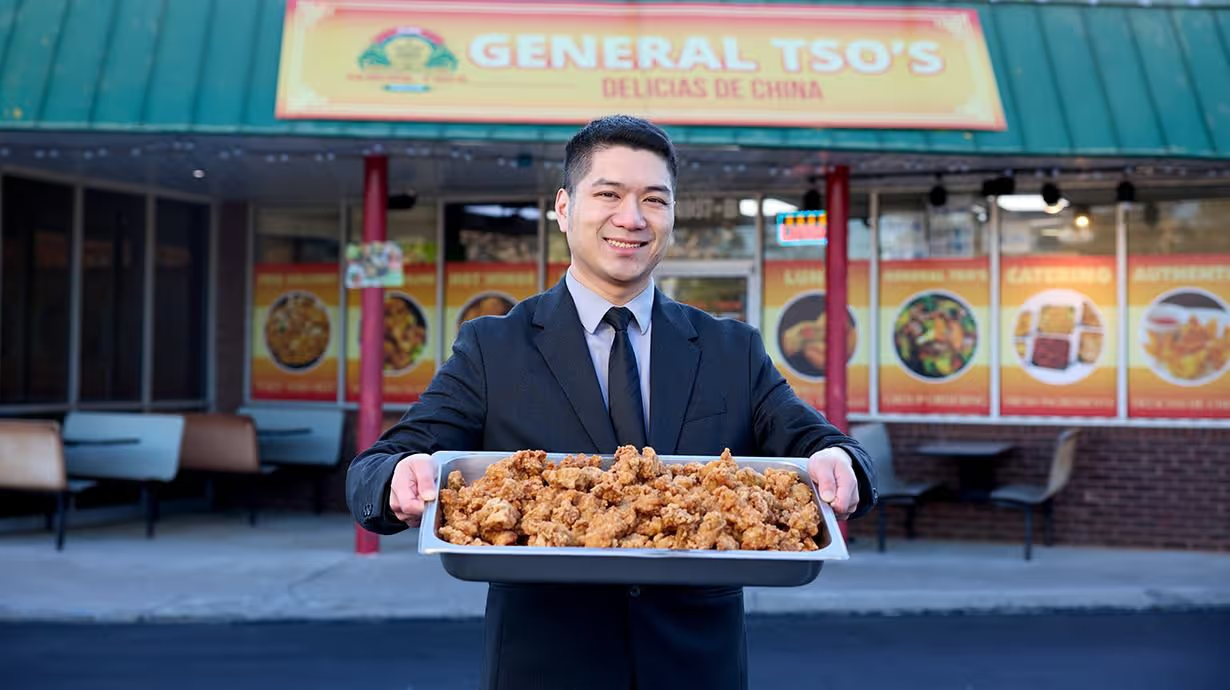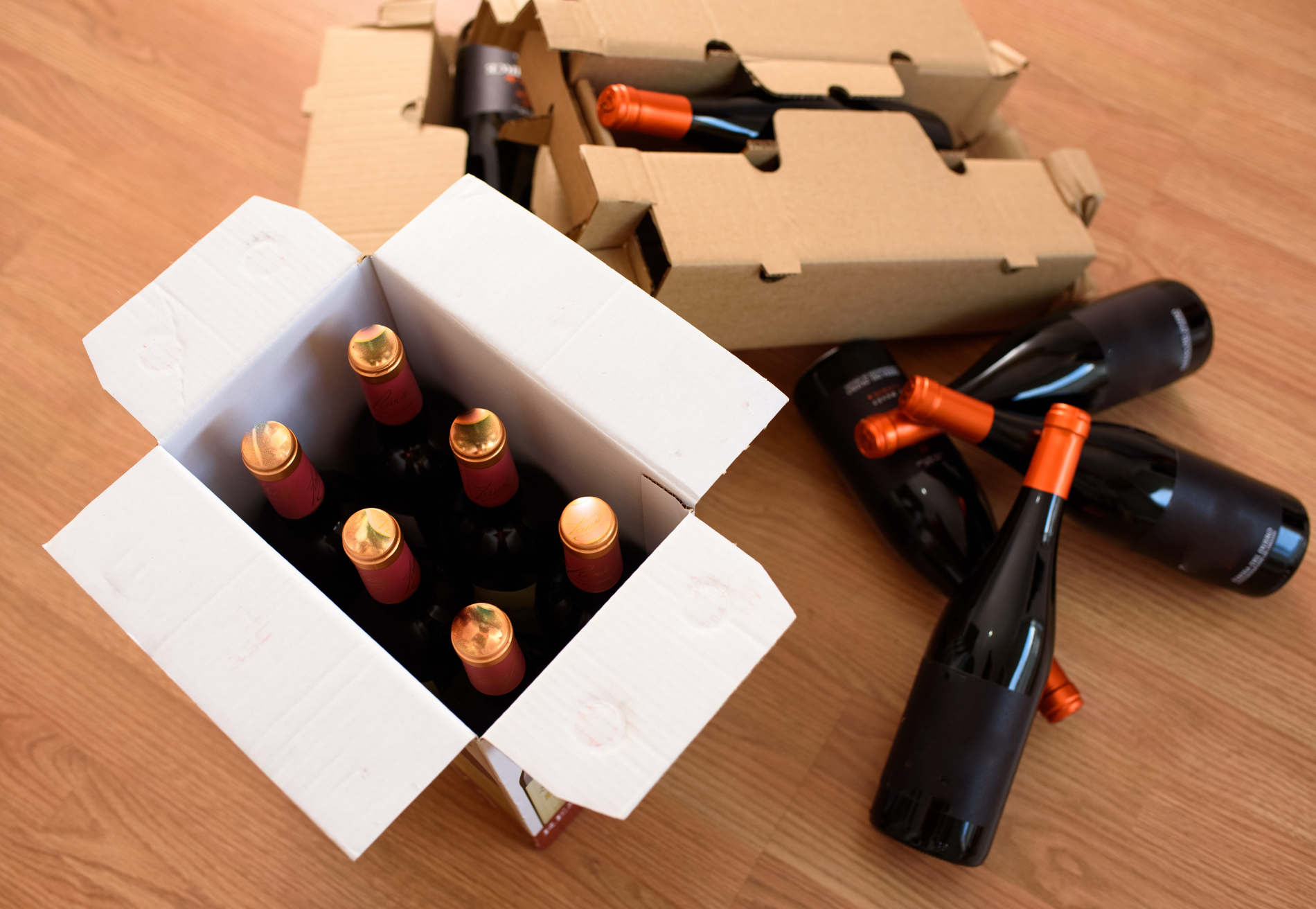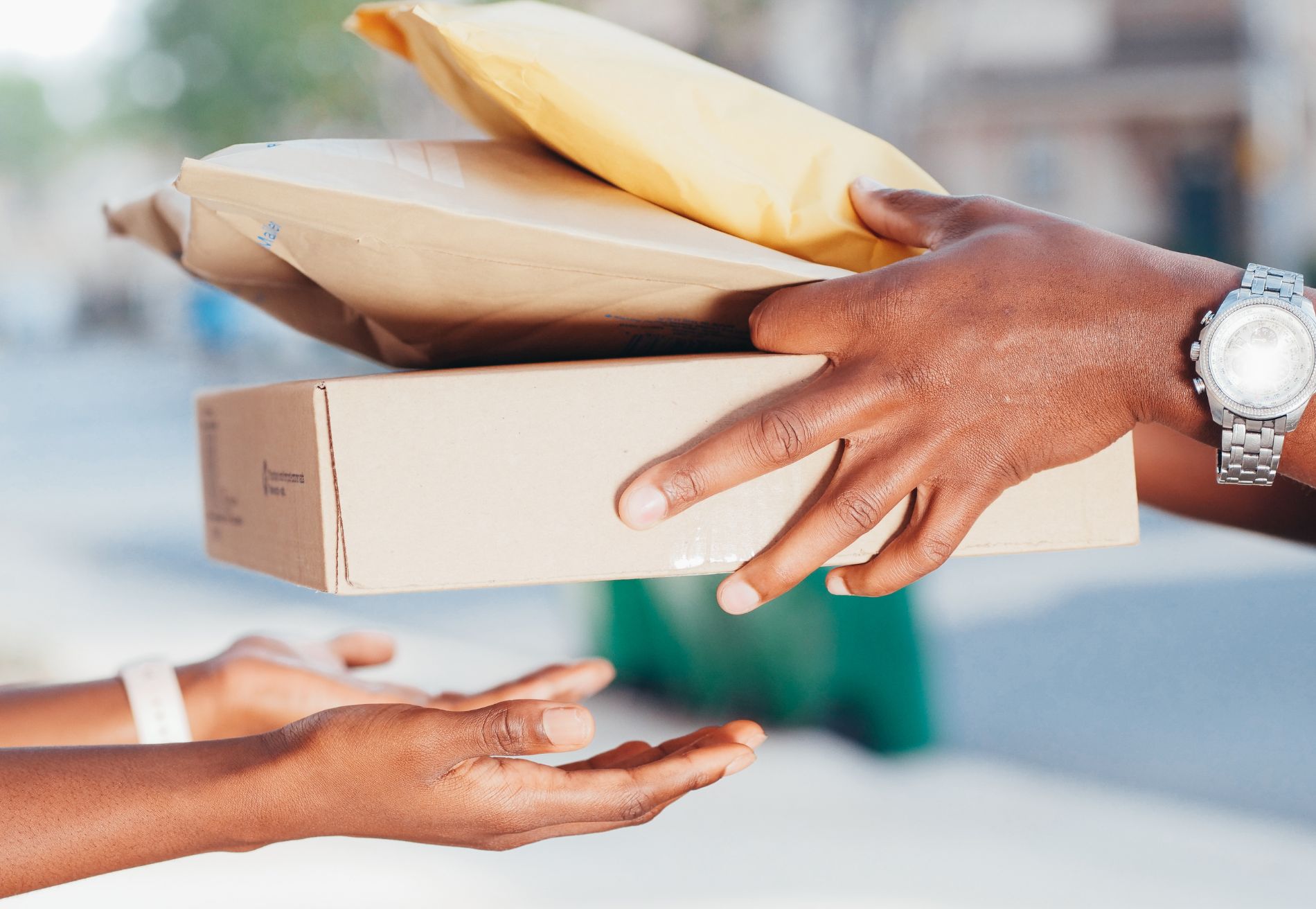What are Delivery Only Restaurants?

Diners in the United States spend about $800 billion in the restaurant industry each year, and in 2018 $27 billion of that was spent ordering food through delivery platforms, apps, and websites, a number which has rapidly increased over the past two years.
This could be partly due to the start of the 2020 pandemic, which saw many consumers opting to stay home rather than go out. However, the rise in food delivery purchases can also be attributed to the steady increase in delivery-only restaurants appearing across the country. Keep reading to find out more about this growing industry trend.
What is a Delivery-Only Restaurant?
Sometimes referred to as a ghost restaurant, dark kitchen, or virtual restaurant, a delivery only restaurant is a food provider that only operates a delivery service for their customers.
Unlike a traditional restaurant, you won’t be able to walk into a storefront to place your order or sit in a dining room while you eat. Instead, you will rely on a mobile app or business website to view the menu and place your order before it’s brought right to your door by a delivery driver.
As a result, these businesses consist solely of kitchen space and are not built out of an existing restaurant. What’s clear is that the restaurant industry is changing-- this trend doesn’t seem to be going anywhere anytime soon. In fact, it’s gaining steam.
How is it Different from Meal Delivery Services?
While a delivery only restaurant operates much like a traditional establishment (minus the face-to-face service), a meal delivery service functions slightly differently. These services are increasingly popular in metropolitan areas and provide complete meals to their customers.
The primary difference between this service and a delivery-only restaurant is that the former typically has to be ordered days or even weeks in advance. The latter can be ordered on the spot for immediate delivery.
What’s Driving the Trend?
As we mentioned before, recent spikes in delivery orders are most likely related to the global pandemic and subsequent lockdowns. Many restaurants, including more traditional operations, turned to delivery to keep their businesses going. Delivery and takeout options allowed them to continue serving their customers, even if they couldn’t physically open their doors to welcome them in.
Prior to the pandemic, however, we still saw a steady increase in food delivery orders, which helped drive the increase in delivery only restaurants. The rise in delivery orders is widely thought to be related to the increase in demand for convenient options, specifically as Millennials became a primary purchasing power in all sectors of the economy.
The growing prevalence of technology has led many consumers to expect the immediate availability of nearly anything they want whenever they want it. Food delivery services help to fill this need.
What are the Benefits?
Operating a delivery only business isn’t just a way to meet customer demand or adjust to their preference for staying at home rather than going into a restaurant establishment. Delivery only operations offer many benefits for those wishing to begin or continue participating in the food industry. Perhaps the most significant benefit is that delivery only kitchens have significantly lower overhead costs to get started due to several factors.
First, traditional brick-and-mortar restaurants typically have to designate most of their business space to seating for customers. Even fast-casual restaurants, like Chipotle or Panera Bread, who see about 90% of their clientele opt to grab their food and go have to devote nearly 75% of their operating space to seating for diners. On the other hand, delivery only restaurants don’t have this problem and can operate in a kitchen with as little as 200 square feet, and requiring less space means lower rent prices.
In addition to requiring significantly less space to operate viably, delivery only restaurants tend to utilize shared kitchens. These shared spaces are designed to be used by multiple businesses, often being rented out by the hour, day, or month to multiple tenants rather than to a single business for years at a time. While you will probably be required to pay an upfront deposit, you will usually then revert to a pay-as-you-go model to book and pay for your time in the space as needed.
This payment scheme further minimizes the overhead costs required to get started and allows new businesses to pay only for the hours during which they intend to operate. Plus, beyond signing a terms of use agreement, you likely won’t have to sign a long-term lease on the space, typically required of traditional restaurants.
Furthermore, the starting costs of a delivery only restaurant are reduced by eliminating the need to furnish your space with equipment and guest tables. Outfitting a traditional brick-and-mortar space is one of the highest costs associated with opening a restaurant.
Initially, food trucks were thought to be the answer to this expense. However, many quickly found out that the cost savings were minimal due to the high expense of purchasing and maintaining a vehicle in addition to the legalities of permits and parking. Given that delivery only restaurants usually operate out of a shared kitchen, they don’t have nearly as many expenses. Ghost kitchens are purchased and maintained by a kitchen manager who pays for all the equipment upfront, taking this responsibility away from those who utilize the space. Once you finish setting up a ghost kitchen, you’ll want to make sure you figure out all of these logistics so your business runs smoothly.
Finally, delivery only restaurants do not have to pay to staff their business with servers and other front-of-house employees. In most cases, they don’t even hire their own delivery personnel. Instead, they utilize a third-party provider, such as food delivery apps like DoorDash or GrubHub. They provide a technology platform to receive and process orders in addition to supplying a fleet of delivery drivers (or bikers) to take the orders to your customers. In exchange, you will give them up to 30% of each order total.
While this might sound like a hefty fee, the benefits of using these partner apps usually outweigh the cost. Shipday provides the most efficient delivery optimization software on the market. Drivers can use our food delivery software to optimize their routes and increase efficiency.
Overall, the rise of delivery only restaurants has minimized the barriers to entry typically seen with traditional establishments in the food service industry and democratizes the opportunities available to start a new business in this sector of commerce. If you want help on how to start a food delivery service, look to Shipday for all the resources you need.
How to Get Started
While opening a delivery only restaurant is a great way to get started in the food service industry, it is by no means any easier than a traditional restaurant. There are still several important things to consider to bring you from idea to delivery. Here are some of our top tips for opening a delivery only restaurant.
- Focus on Delivery: Make sure your concept starts with a delivery focus. One of the greatest challenges for traditional restaurants that later add a delivery or takeaway service is making sure the food maintains its quality and exceeds customer expectations. As you begin to plan your menu, think about how the food will travel and keep its temperature to avoid cold, soggy meals arriving at your customers' doors.
- Develop Your Brand: Given that your business will exist almost entirely online, you will want to allocate significant resources to creating a logo, website, menu, and other digital assets that can be used across your marketing channels. Use these resources to tell a story and help customers learn more about you. Don't forget to create engaging social media profiles too! After all, this will be the primary way you interact with customers.
- Be Unique: When it comes to having their food delivered, your customers are sure to have many options right at their fingertips. So, you need to surprise and delight them with every order. Mints and fortune cookies might be a cheap and easy way to include a little something extra, but they are also overdone. Instead, consider adding a more personal touch, like a handwritten thank you note. We guarantee creating such a memorable experience will have your customers thinking of you next time they are hungry.
With food delivery orders continuously on the rise, there has never been a better time to open your virtual doors. Armed with these tips and the information above, we're sure you are off to a great start!
Index
Ready to get started?
Play around with it first, add your team, pay later.








.avif)






%201.svg)
